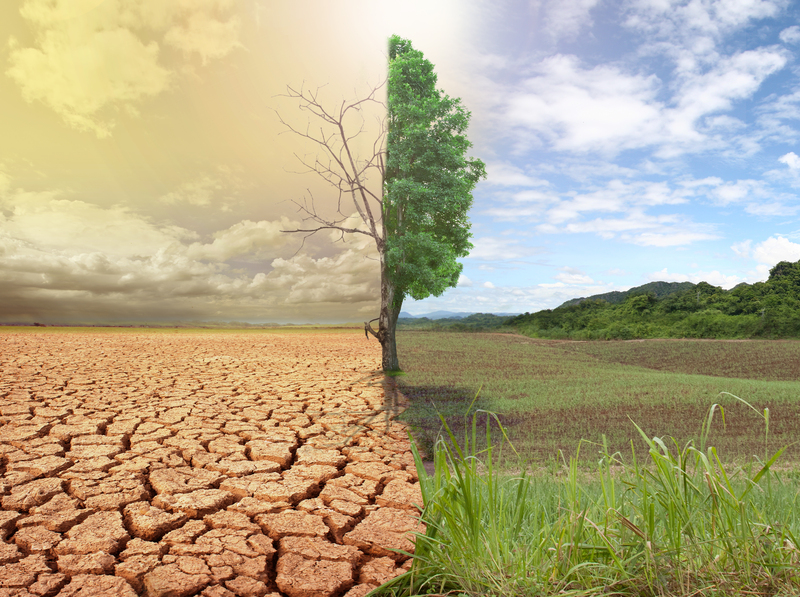Navigate the Journey of Glass: From Waste to Reuse
Glass is an ubiquitous material in our daily lives, used for everything from windowpanes to beverage containers. Its versatility is matched only by its recyclability. This article will guide you through the fascinating journey of how waste glass metamorphoses into reusable material.
Understanding the Lifecycle of Glass
The journey from waste glass to reusable glass begins with understanding its lifecycle. Glass is both renewable and sustainable, primarily composed of sand, soda ash, and limestone. Unlike many materials, glass can be recycled indefinitely without losing purity or quality. This makes it a crucial component in the move towards a more sustainable future.
The Importance of Recycling Glass
Why is glass recycling so vital? Consider the environmental and economic benefits of recycling and reusing glass:
- Reduction of landfill waste: Approximately 130 million tons of glass waste ends up in landfills each year.
- Conservation of natural resources: Recycling a single glass bottle saves enough energy to power a light bulb for four hours.
- Energy conservation: Using recycled glass in manufacturing requires 40% less energy than making new glass from raw materials.
- Reduction in emissions: Recycling of glass reduces CO2 emissions and helps in combating global warming.

The Process of Transforming Waste Glass
The conversion of waste glass into reusable forms involves several crucial steps:
1. Collection and Sorting
It all starts with the collection of glass waste. This is typically done through curbside recycling programs and bottle deposit schemes. Once collected, the glass is sorted by color, as color purity is important for recycling processes. The main colors include clear, green, and brown.
2. Cleaning and Crushing
In the next phase, sorted glass is cleaned to remove impurities such as labels and caps. It is then crushed into small pieces called cullet. This material is critical because it can be melted at a lower temperature than raw materials, thereby saving energy.
3. Melting and Reforming
The cullet is mixed with raw materials and melted in a furnace. The high temperatures, often exceeding 2400 degrees Fahrenheit, melt the glass into a liquid state. This molten glass is then molded into new products such as bottles, jars, and even fiberglass.
Economic and Environmental Impacts
Recycling glass not only impacts the environment positively but also offers economic advantages:
Job Creation
The glass recycling industry creates jobs at various levels: collection, sorting, processing, and manufacturing.
Cost Efficiency
Manufacturers save significant amounts of money on energy and raw materials by utilizing recycled glass.
Innovative Uses for Recycled Glass
Beyond traditional recycling, innovative uses for glass are being developed to maximize its utility. A few groundbreaking applications include:
- Construction Materials: Crushed glass is used in road construction and as an aggregate in concrete.
- Glassphalt: A blend of asphalt and crushed glass used for paving roads.
- Decorative Items: Artists and craftsmen create unique pieces of art using recycled glass.
- Filtration Systems: In water purification processes, recycled glass is increasingly used as a filtration medium.

Challenges in Glass Recycling
While glass recycling is beneficial, it is not without its challenges:
Contamination
One of the biggest obstacles is contamination by impurities, which can complicate the recycling process. Mixed colors or the presence of non-recyclable items can lower the quality of the recycled glass.
Cost of Transport
Transporting glass, which is heavy and fragile, can be costly. This is a significant barrier, especially for recycling plants not located near populated areas.
Conclusion: The Future of Glass Recycling
The potential of transforming glass waste into reusable products remains immense, promising a sustainable pathway forward. As technology advances and more efficient recycling methods are developed, we can anticipate an increase in glass recycling rates. A future where glass waste reaches minimal levels is certainly within reach. By understanding the importance of using recycled glass, individuals and corporations can play a vital role in making this vision a reality.
In a world moving towards sustainability, the journey of glass from waste to reuse is not just a possibility--it's a necessity. Join this effort and contribute to a greener, more sustainable world where every piece of glass finds new life through recycling.